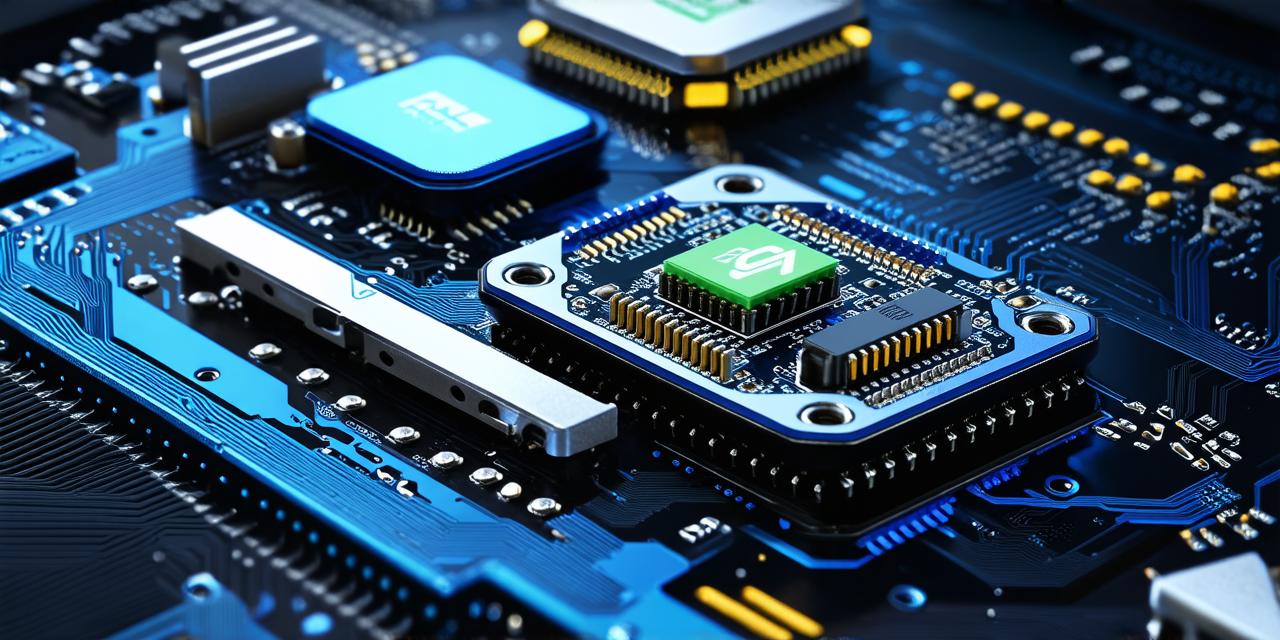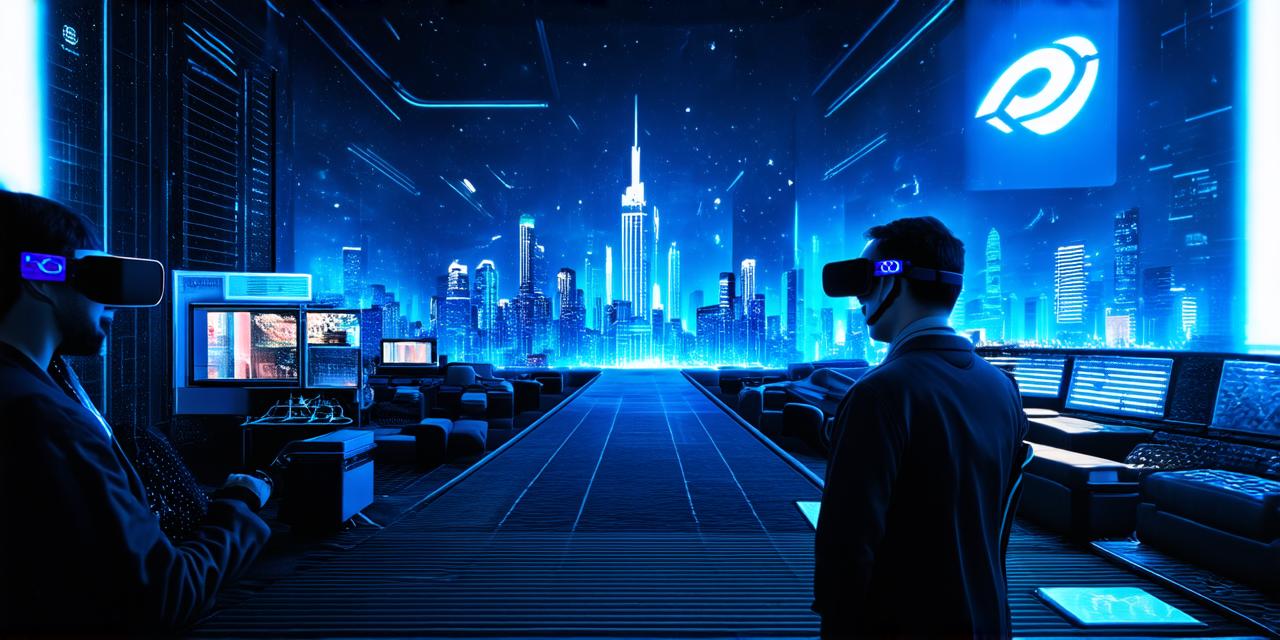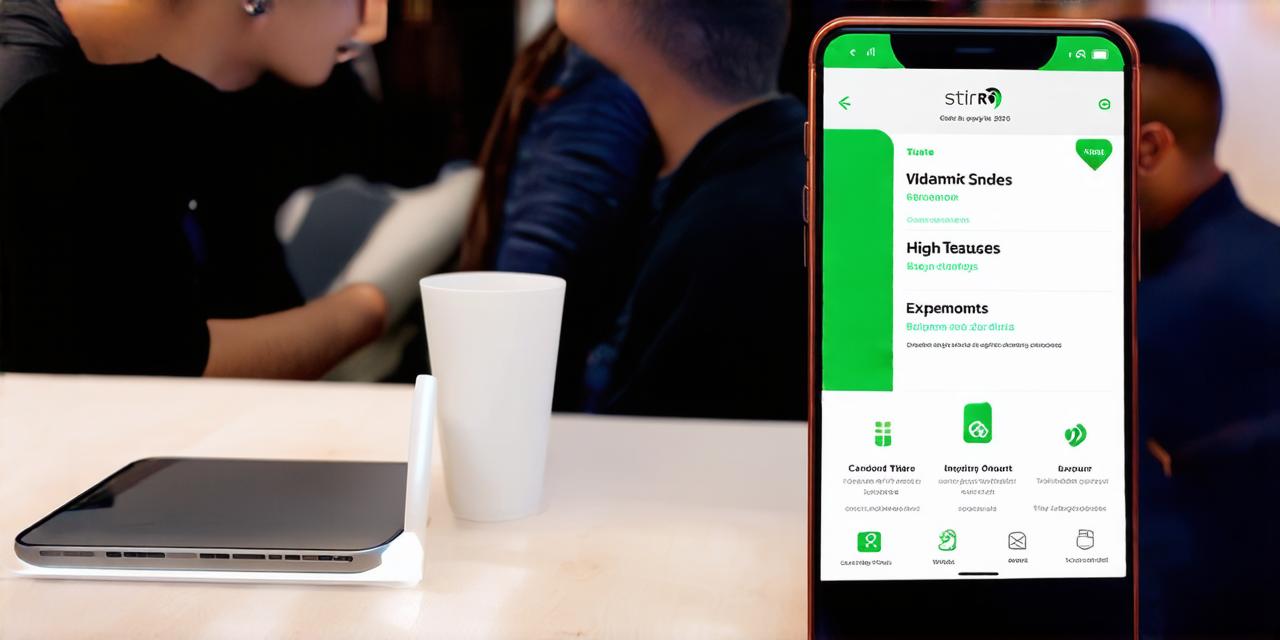Mixed reality (MR) technology has rapidly evolved in recent years, with more devices being developed that allow users to explore and interact with virtual environments in real-time. Two of the most popular devices for mixed reality exploration are the Oculus Quest 2 and the HTC Vive Pro Eye. In this guide, we will take a closer look at both devices and compare their features, performance, and user experience to help you make an informed decision about which one is right for you.
Oculus Quest 2: An Overview
The Oculus Quest 2 is a wireless virtual reality headset that was released in October 2020 by Facebook-owned Oculus VR. It features a high-resolution display with a refresh rate of 90Hz, making it ideal for gaming and immersive experiences. The Quest 2 also has a wide field of view (FOV) of 100 degrees, which provides a more realistic and immersive experience compared to other devices in its class.
One of the standout features of the Oculus Quest 2 is its wireless connectivity. It uses Wi-Fi 6 technology for low latency and high bandwidth, allowing it to run without any cables or wires. This makes it incredibly convenient and easy to use, especially in small spaces like apartments or offices.
In terms of performance, the Oculus Quest 2 is powered by a Qualcomm Snapdragon XR2 processor with 6GB of RAM and 64GB of storage. It also has six degrees of freedom (6DOF) tracking, which means that you can move around in a physical space while still being fully tracked by the device. This allows for more realistic interactions with virtual environments and makes it ideal for gaming and social experiences.
HTC Vive Pro Eye: An Overview
The HTC Vive Pro Eye is another high-end virtual reality headset that was released in 2019 by HTC VR. It has a higher resolution display than the Oculus Quest 2, with a resolution of 2880 x 2880 pixels and a refresh rate of 120Hz. This provides an incredibly immersive experience with crisp, clear visuals that are almost indistinguishable from real life.
The HTC Vive Pro Eye also has a wide field of view (FOV) of 110 degrees, which makes it ideal for more dynamic and interactive experiences like flying or exploring large virtual environments. It uses room-scale tracking with six sensors, which provide a highly accurate and responsive experience when it comes to movement and interaction with the virtual world.
In terms of performance, the HTC Vive Pro Eye is powered by an Intel Core i7 processor with 16GB of RAM and 256GB of storage. It also has built-in eye tracking, which allows for more natural interactions with virtual environments and makes it ideal for educational and therapeutic applications.
Comparing the Two Devices
Now that we have a better understanding of both devices let’s compare them to help you make an informed decision about which one is right for you.
Portability
The Oculus Quest 2 is a wireless headset, which makes it incredibly convenient and easy to use in any space. It is also highly portable, as there are no cables or wires to deal with. The HTC Vive Pro Eye, on the other hand, requires a separate computer and a power source, making it less portable but more powerful.
Performance
Both devices have their own unique strengths when it comes to performance. The Oculus Quest 2 has low latency and high bandwidth, making it ideal for gaming and immersive experiences. The HTC Vive Pro Eye, on the other hand, has a higher resolution display and more advanced tracking technology, making it ideal for more dynamic and interactive experiences.
Price
The Oculus Quest 2 is generally more affordable than the HTC Vive Pro Eye, with a starting price of $299 compared to $1,099. However, the Vive Pro Eye does offer additional features like built-in eye tracking and a higher resolution display, making it worth the extra cost for some users.
Conclusion
Both the Oculus Quest 2 and the HTC Vive Pro Eye are powerful devices that offer unique features and experiences for mixed reality exploration. If you are looking for a wireless, portable device with low latency and high bandwidth, then the Oculus Quest 2 may be the right choice for you.



